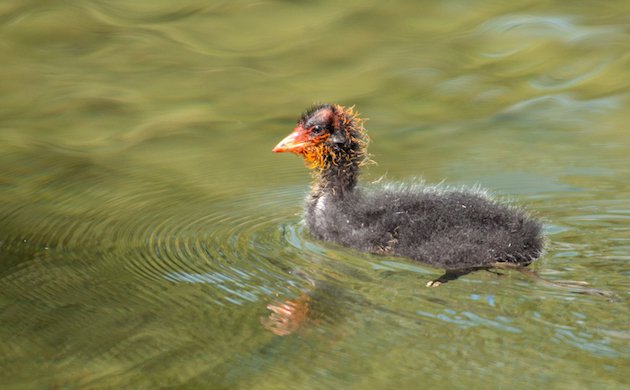
Maybe it’s because the American Coot (Fulica americana) is the most abundant and widely distributed species of rail in North America that it gets no respect? I mean we see them everywhere, in almost any of a broad variety of wetlands, including freshwater lakes, ponds, marshes, roadside ditches, and industrial-waste impoundments, as well as in coastal marine habitats. As we come upon winter, we often find Coots in rafts of thousands!
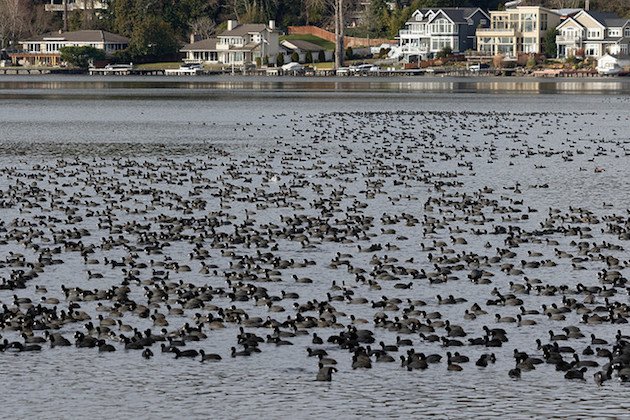
Even if you don’t appreciate the American Coot adult, you have to love their hatchlings like the one in the featured image above and these little guys being fed by their parent at Lassen Volcanic National Park.
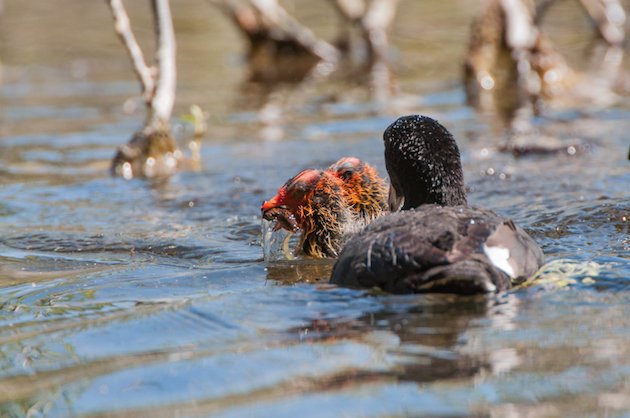
But I think the adult Coot is a cool bird in its own right. Just look at that cool red iris…
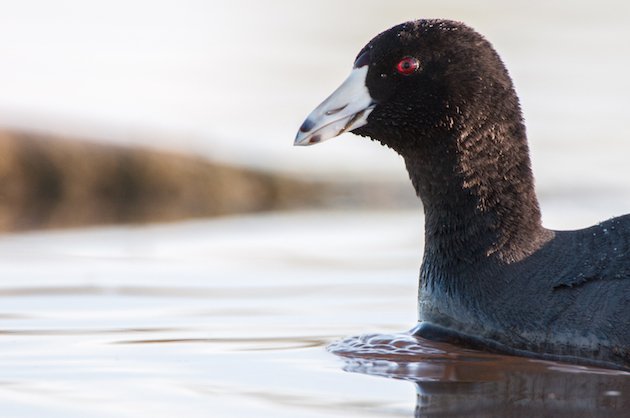
and the very cool lobed green feet!
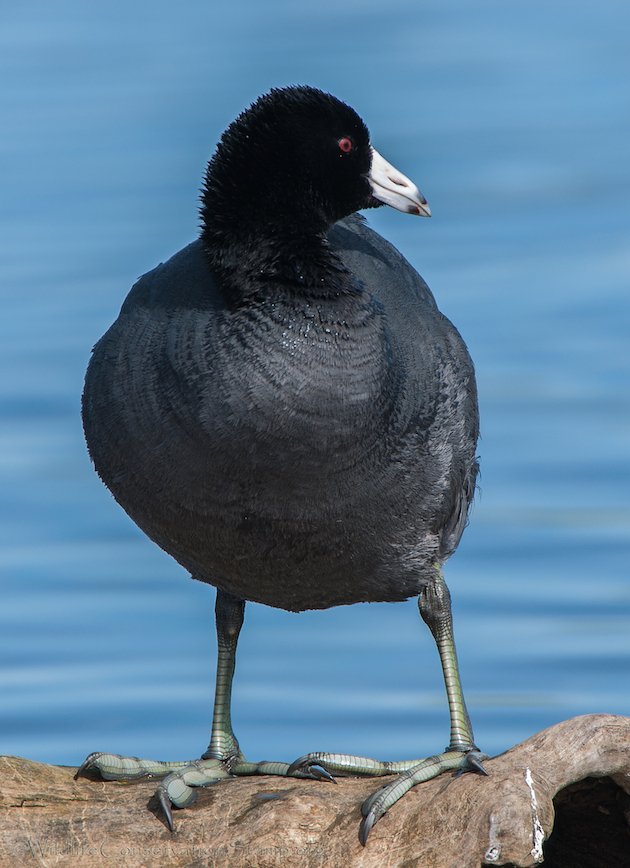
They are somewhat awkward on land…

and they must make a long running start on the water surface to get airborne…
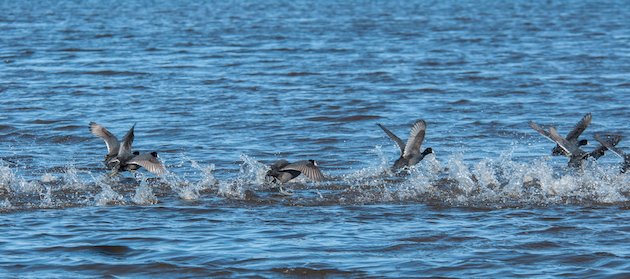
but all in all, I think they are a very handsome bird, from head…
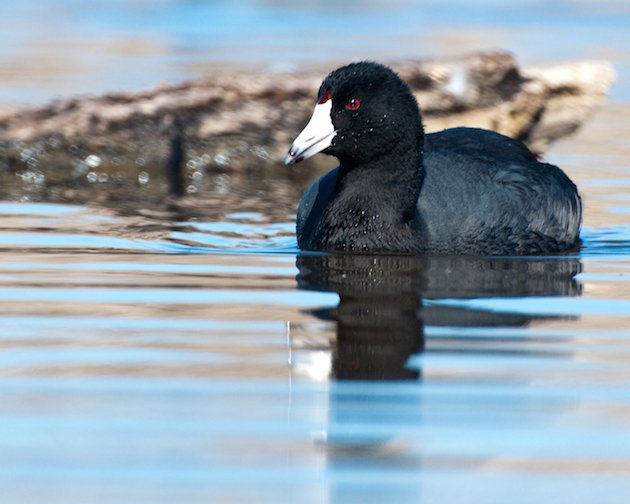
to tail.
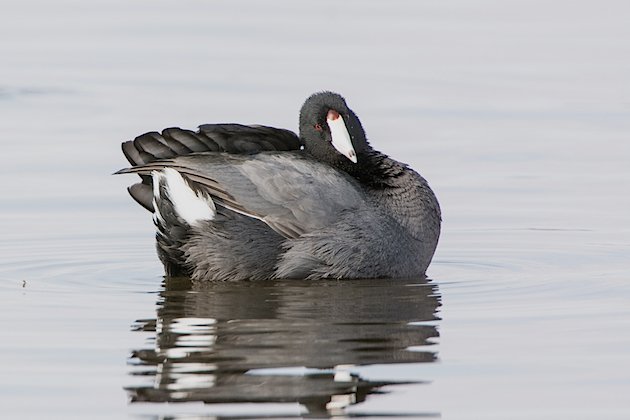
Plus, American Coots may be smarter than you think. Following is a video I shot of some Coots picking up the morsels brought to the surface by a few Ring-necked Ducks as the ducks dove for their meal.

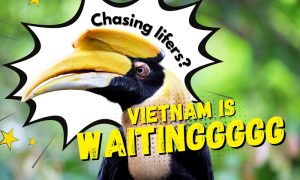
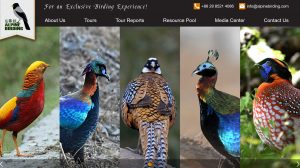
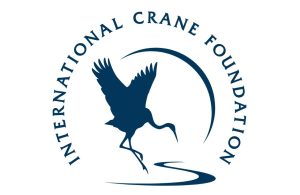
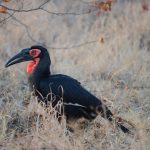
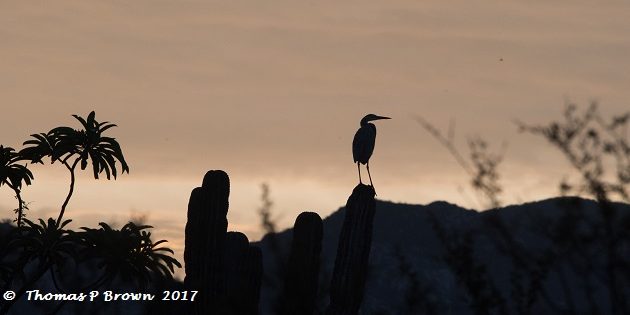
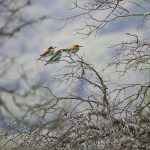
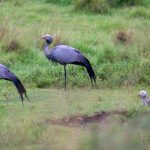
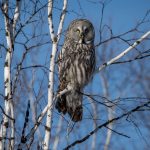


So true! I just realized yesterday how intelligent and charismatic coots can be! We were at the water preserve in Gilbert, Arizona admiring many of the interesting birds such as avocets, stilts, dowitchers, egrets, and even a pelican, in addition to the wild ducks. We ignored the coots, as just a common everyday bird, much like seeing grackles or house sparrows in a parking lot. But then, a little coot swam up quickly and purposefully towards us, clearly begging for food (some people must feed them). He kept following us, swimming beside us as we walked around the lake and making these cute squeaky noises. Since we didn’t feed him, he started to dive under water, feet and rump still visible, to gather some plant matter/pond scum, and would eat it in front of us. He did this 3-4 times making himself very obvious in front of us, continuing to follow us, squeaking, and getting ahead to show us. We felt he was trying to teach us and make us understand that we should be feeding him. I wish I had recorded it. He was my favorite bird, of all the ones we saw that day.